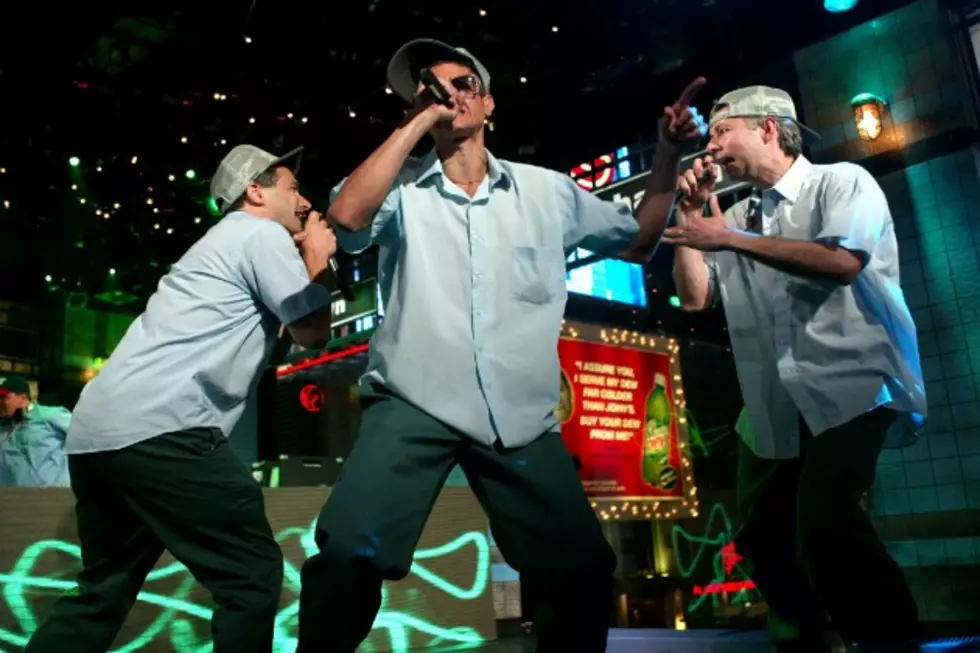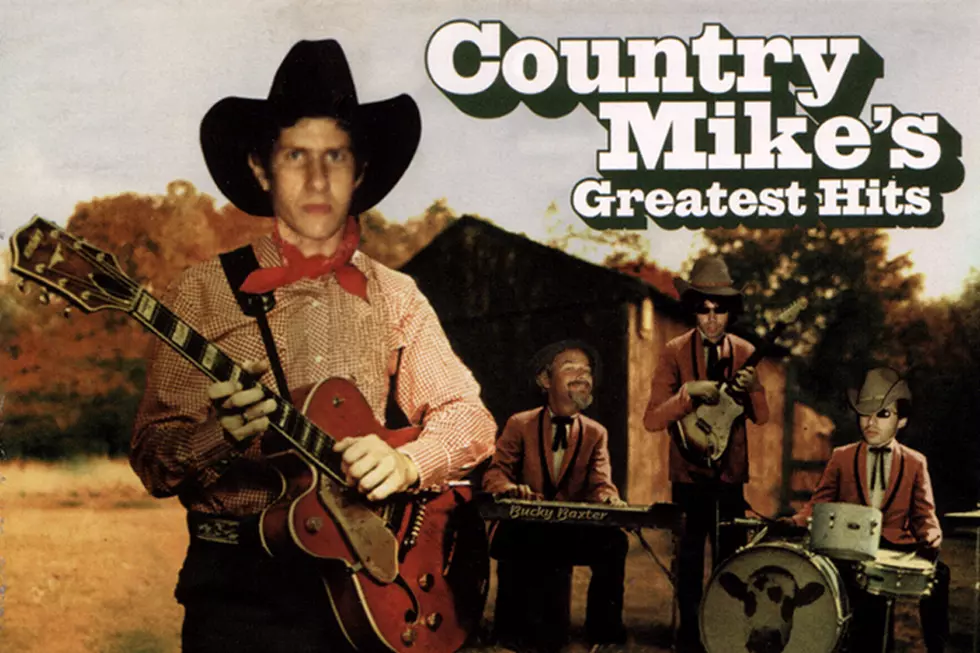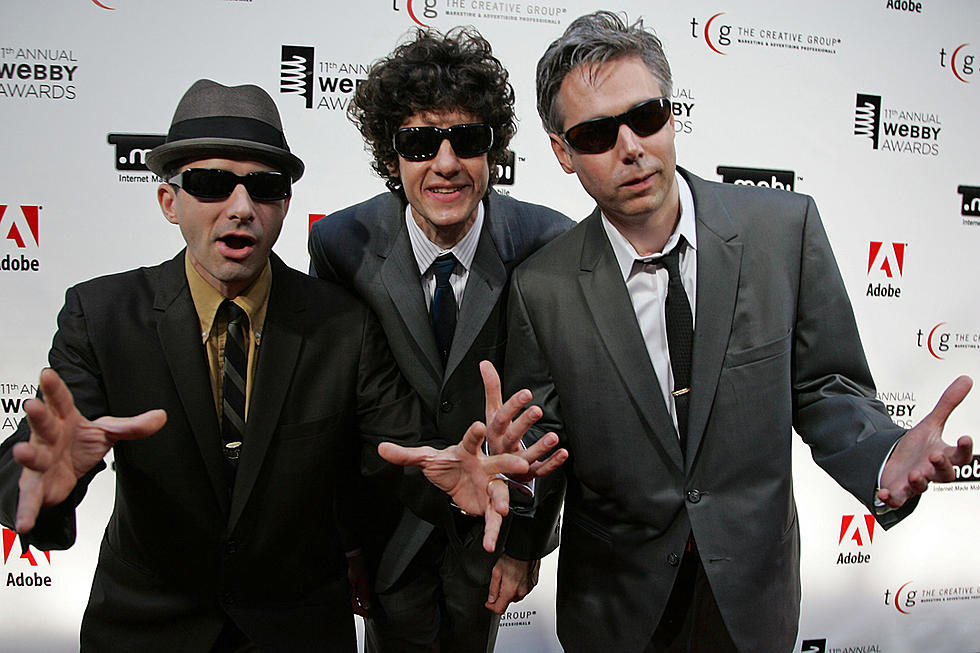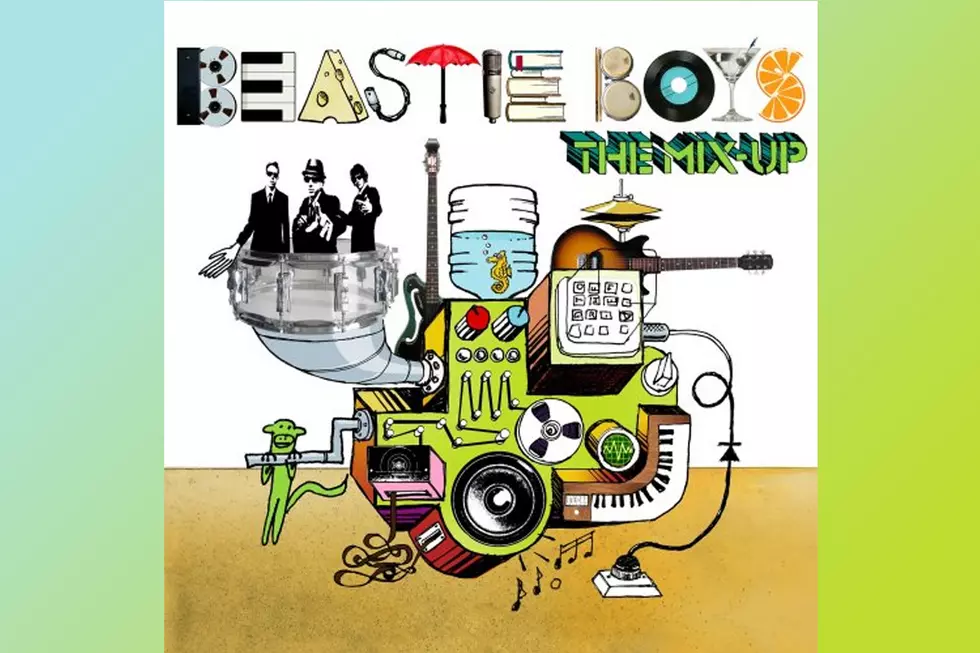
That Artist You Hate? Maybe It’s a Character
I am a huge Beastie Boys fan, but I wasn't always. When Licensed to Ill dropped in 1986, I thought they were brash, obnoxious, spoiled, talentless brats. The only fun I got out of the Beasties was rooting against them.
That changed with their sophomore effort, Paul's Boutique, which I still think is their masterpiece. Cuts like "Johnny Ryall" and "Hey Ladies" maintained the band's trademark humor, but for whatever reason, they didn't seem like such bad guys anymore. I jumped on the bandwagon right then and rode that sucker all the way to the finish line.
I could never make sense of what changed. Did I dislike Licensed to Ill's pandering to MTV? Was it Rick Rubin's production? Did the fact that I was working in a mostly hip-hop record store at the time bias me against what looked like a bunch of middle-class white kids pretending to be rappers? The question nagged me for years, and then Rubin provided Rolling Stone with the answer:
There's no question that, early on, the Beastie Boys were very influenced by pro wrestling. One-hundred percent. The idea of being bad-guy rappers, saying really outlandish things in interviews, that all came from a love of pro wrestling. We didn't say it because it was true – we said it because it was entertaining."
There it was in glorious black and white. Professional wrestling rests right alongside Licensed to Ill on my "pop culture dislikes" list. All the things Rubin identifies in the article as attributes that make wrasslin' great are things I loathe: the bad scripts, the morality plays, the black hats versus the white hats. I didn't hate the Beastie Boys. I hated the stupid wrestling characters that they were portraying.
Right around the same time that the Beasties were taking over the world, Love and Rockets broke into the mainstream with the now classic "No New Tale to Tell." Now those characters I loved. After all, these were the guys from Bauhaus and the song rocked.
One of my regular customers wasn't having any of it, though. Daniel Ash and David J wore make-up so, in my headbanger customer's head, they were obviously gay. In the era before Judas Priest's Rob Halford came out, no "self-respecting metal-head" would support gay artists.
"Make-up doesn't make you gay," I said. "It's just a stage thing."
"No, they're gay. They wear makeup," he said.
"Ozzy wears eyeliner. Is he gay?
"That's not eyeliner," my denim-jacketed friend said. "Ozzy went crazy once and he tattooed that black stuff on his eyes."
"Whatever helps you sleep," I said. Crazy headbanger character = good; super cool post-punk characters = bad.
For the most part, though, heavy metal fans have always been more willing to accept that their favorite artists are portraying characters. They know the guys in KISS don't walk around the house in dragon boots, nor does Alice Cooper chop his head off every morning before breakfast. Perhaps the only person who believes that Brian Warner is actually Marilyn Manson is Brian Warner. Or Marilyn Manson. I don't know – I get those two guys confused.
But in other genres, authenticity is everything. Fans of Bruce Springsteen buy into the notion that the Boss is out in the driveway every Saturday morning changing the oil in the Plymouth before heading into town for a bucket of galvanized nails so he can get to work on that shed roof. Maybe he is that guy. I don't know, but given that his net worth hangs around $300 million, I'm willing to bet that "Bruce Springsteen the character" and "Bruce Springsteen the man" wear the same-sized dirty T-shirt but are otherwise different people. (Incidentally, if you're having trouble visualizing $300 million, try this exercise: 1. Get a dollar bill; 2. Place it on the table; 3. Repeat 299,999,999 more times. I'll wait here.)
The closer we get to the independent end of the musical spectrum, the thinner the line we allow to separate an artist from his or her stage persona. If we suspect that a musician isn't "real," whatever that means, then we label him or her a fraud, a sell out or a poseur. The truth of the matter is that Marcus Mumford doesn't walk around in dirty overalls all day strumming a banjo and Jack White doesn't live like Willy Wonka in a magical musical factory, but that doesn't change their music one bit.
I guess what it comes down to is that we listen with our eyes as well as our ears. If we want to give the music a fair shake, we have to be cautious not to let the costumes and the interviews and whatever else overwhelm the songs.That artist you hate? Maybe what you're reacting to is just the character he or she is portraying. So try to block all of that nonsense out and focus on the songs. You might be pleasantly surprised.
Well, except maybe in Kanye's case.
More From Diffuser.fm









